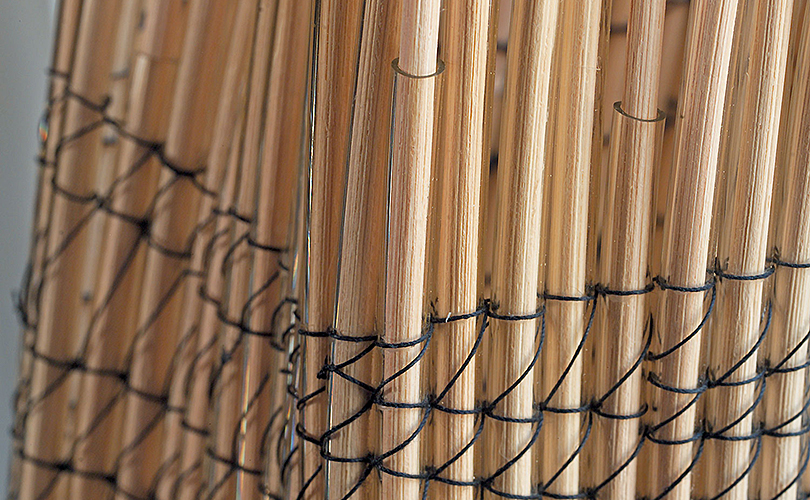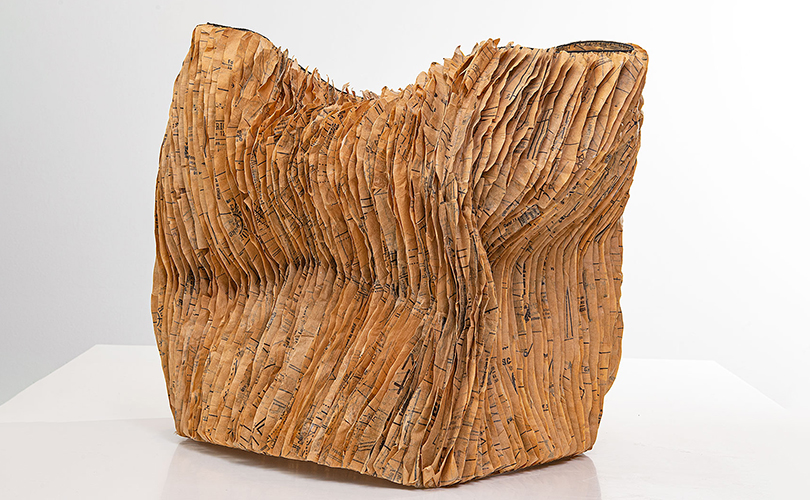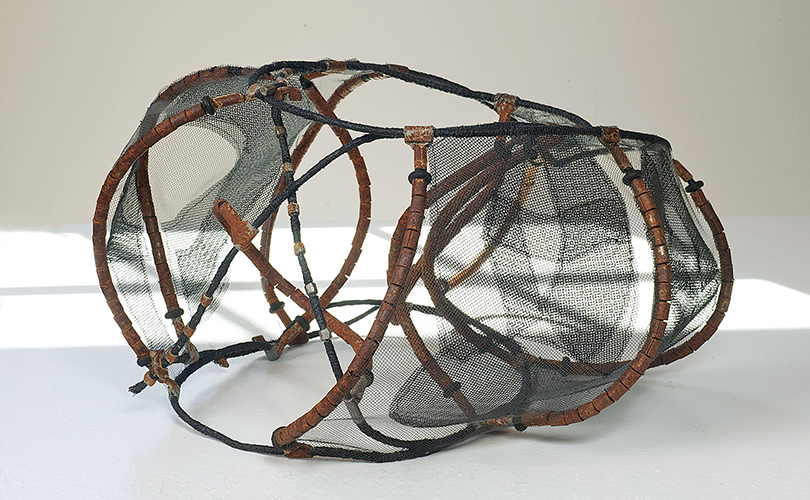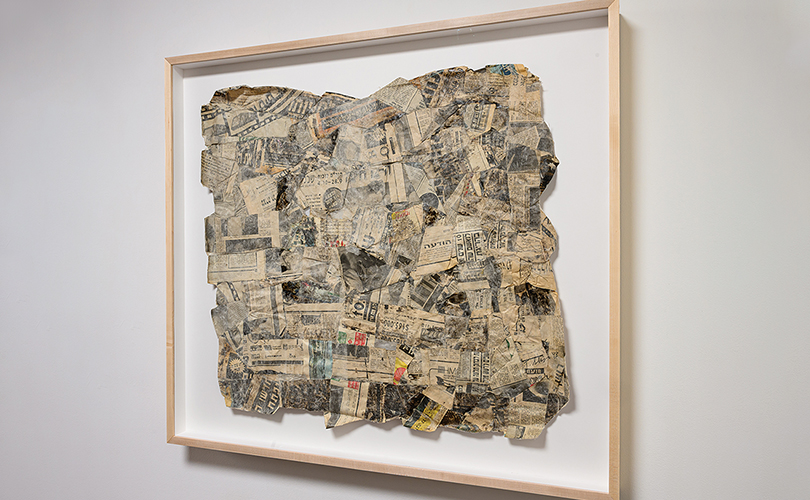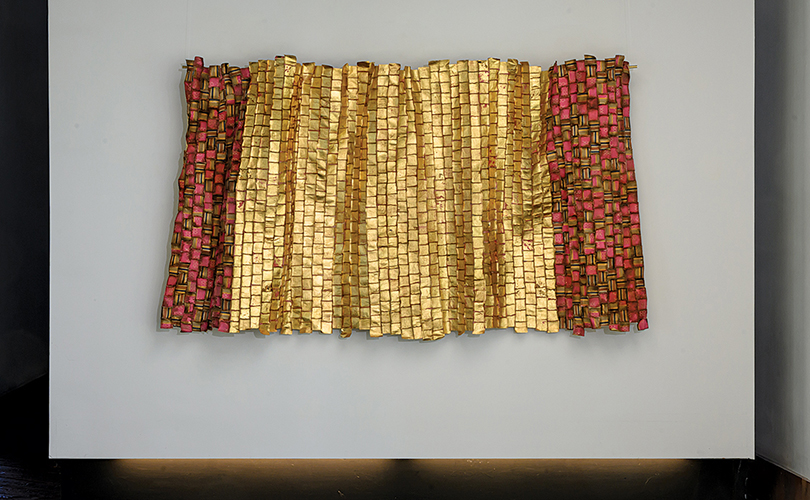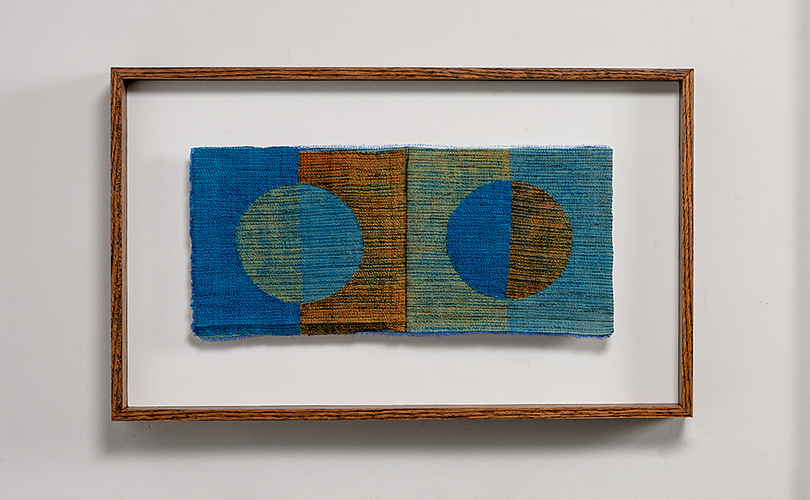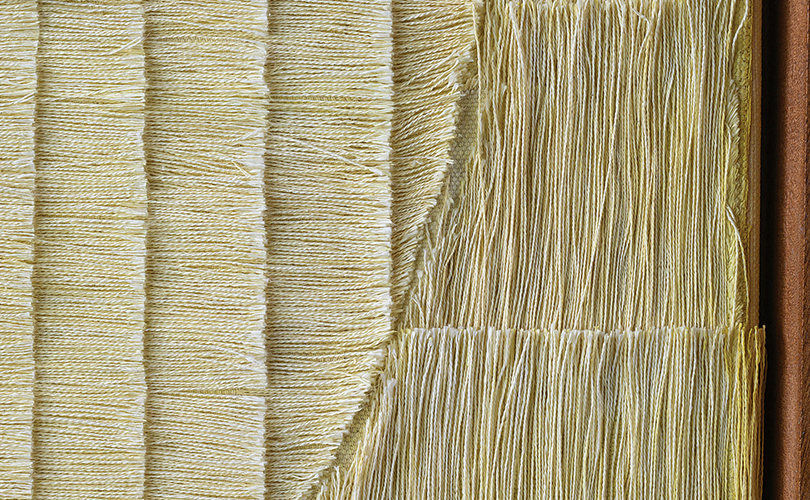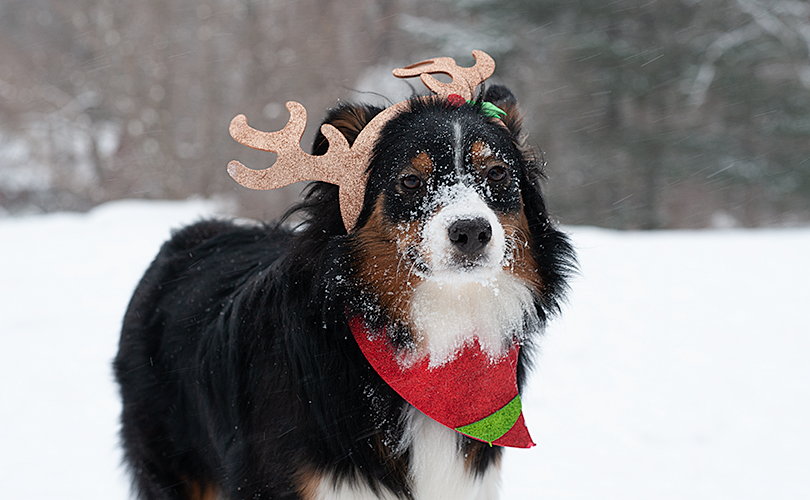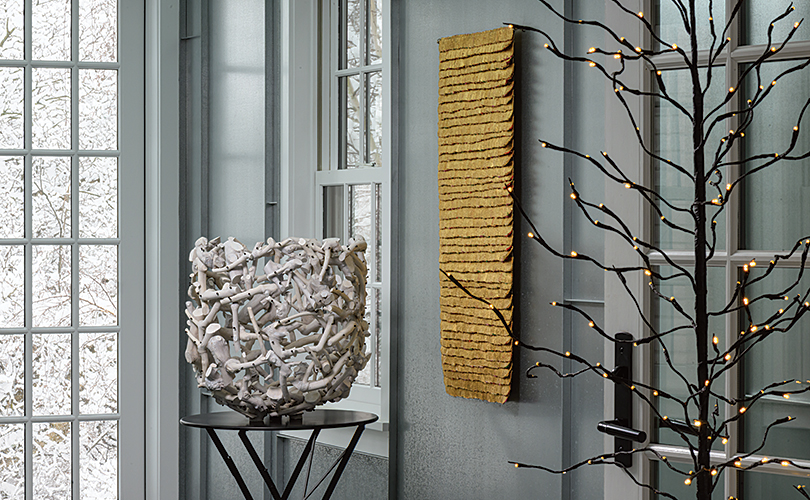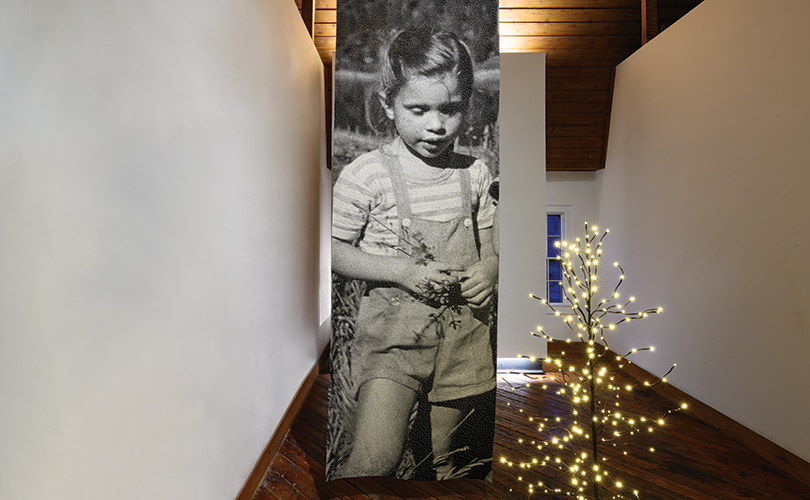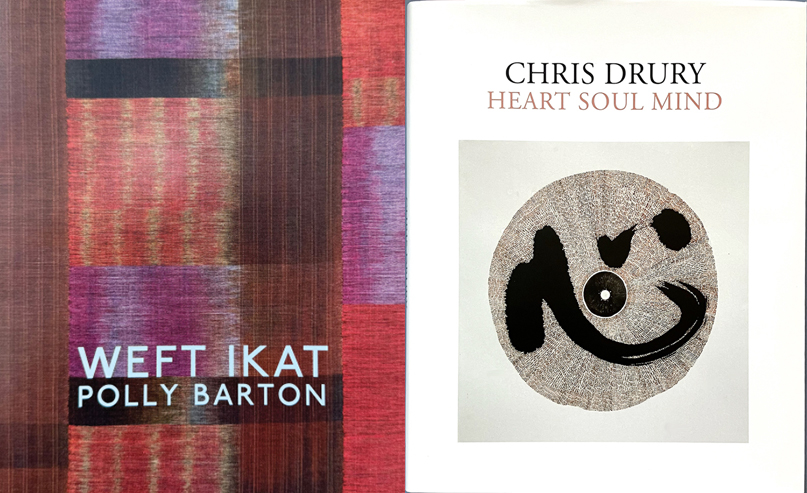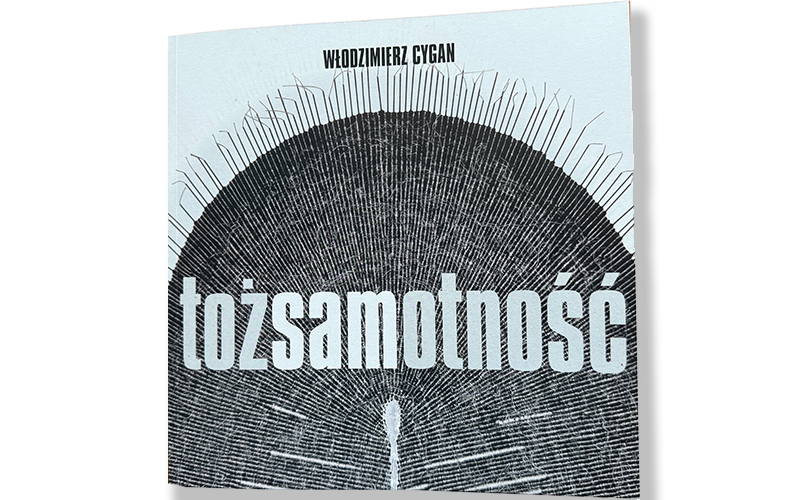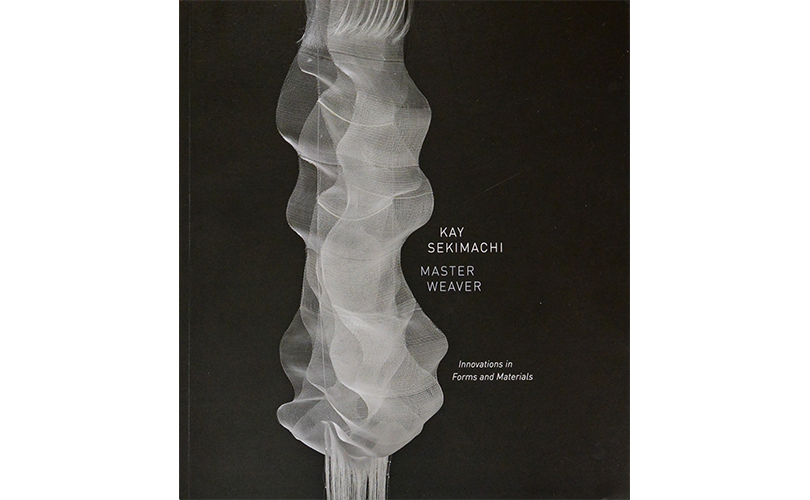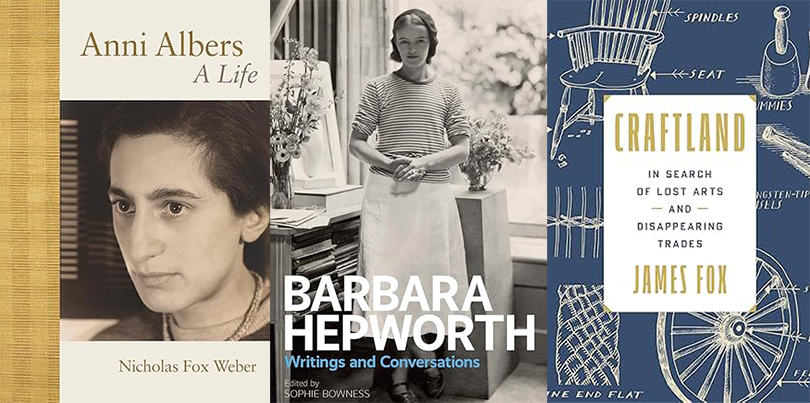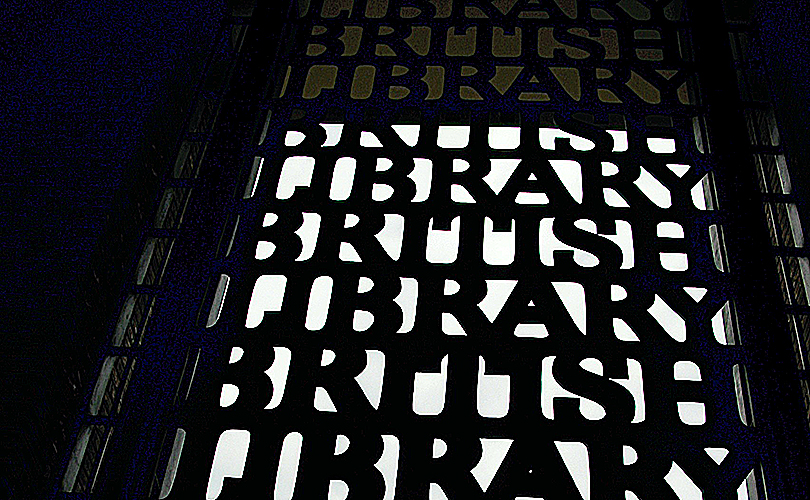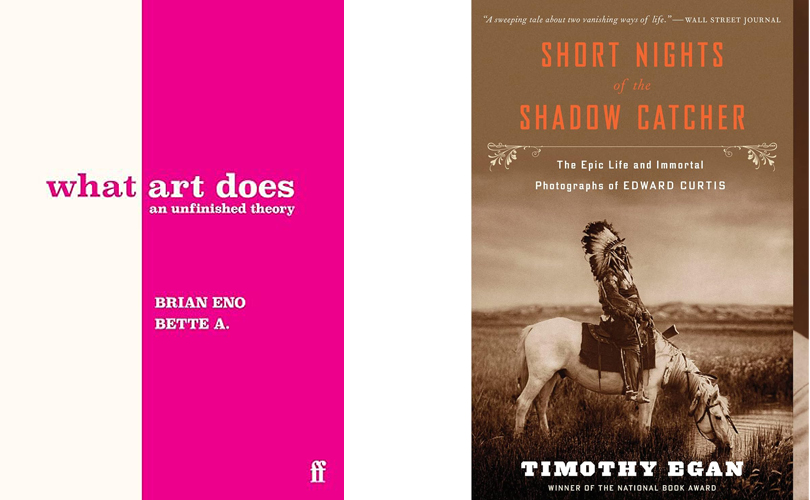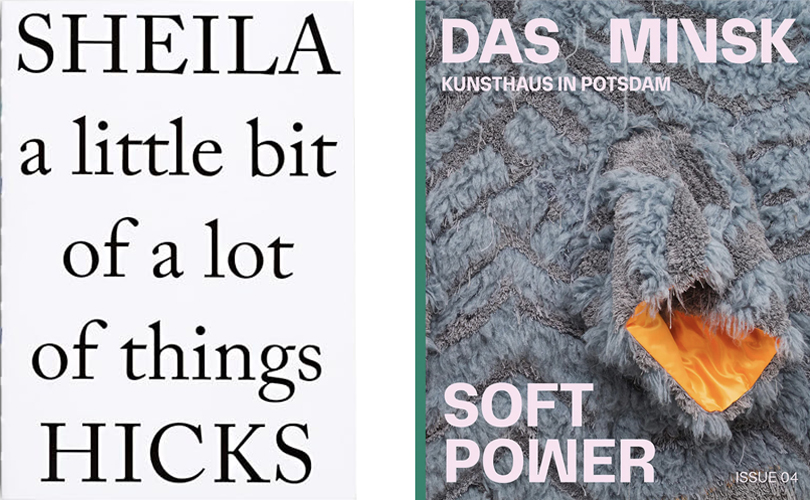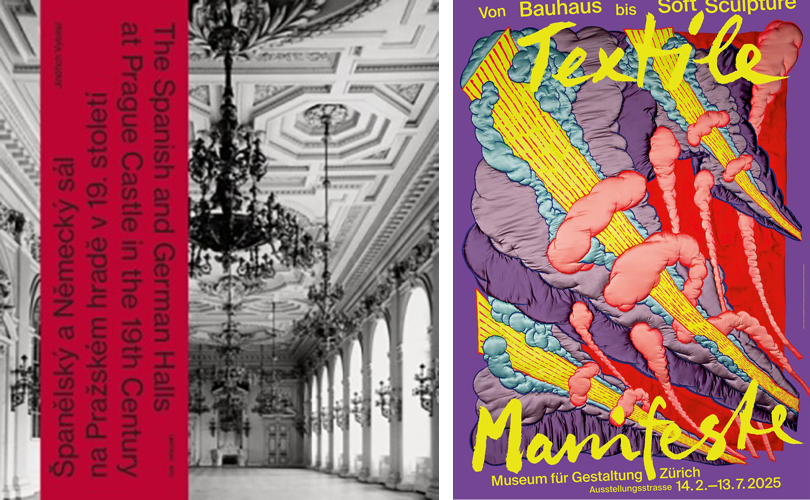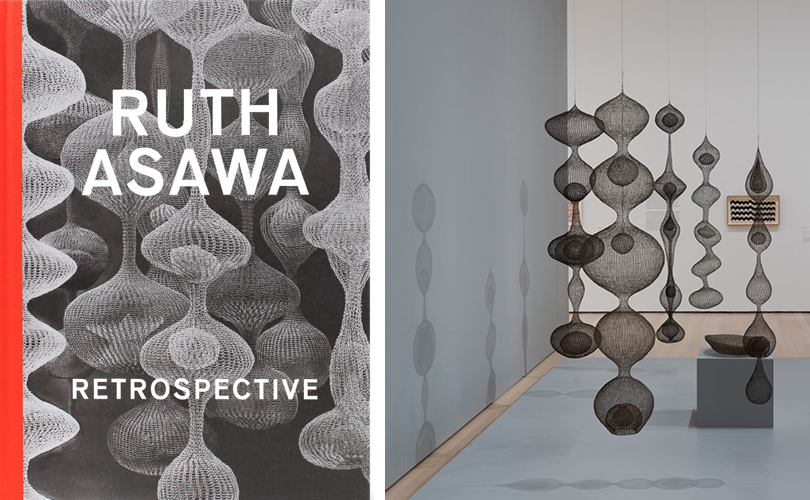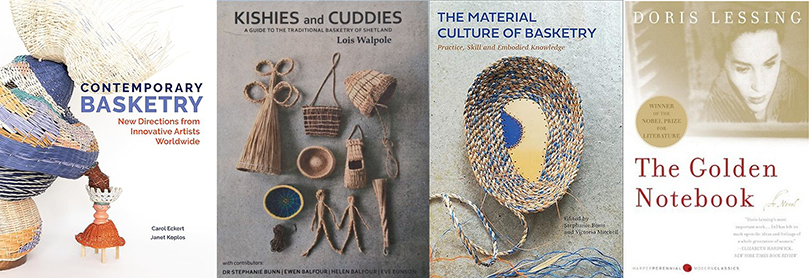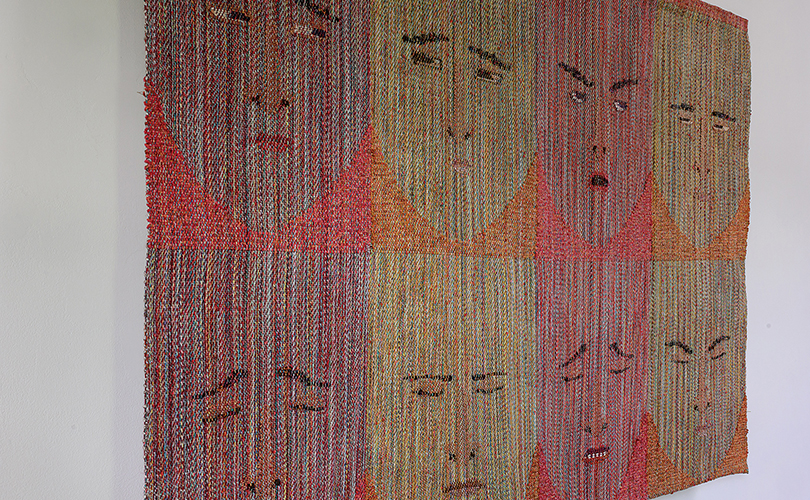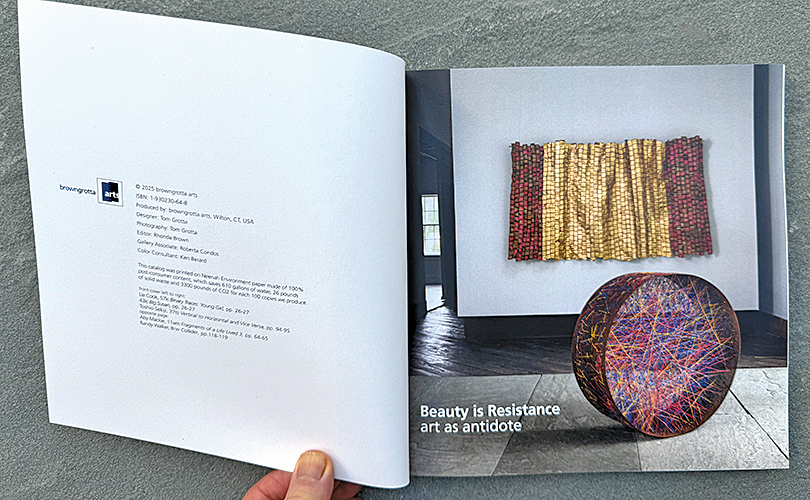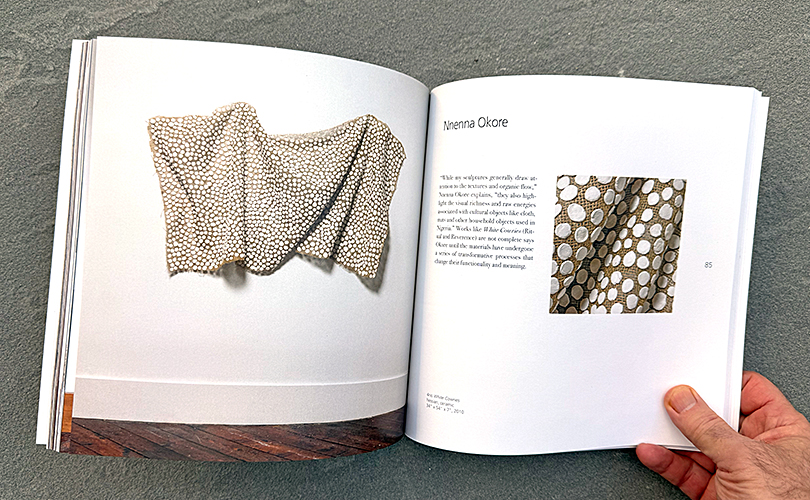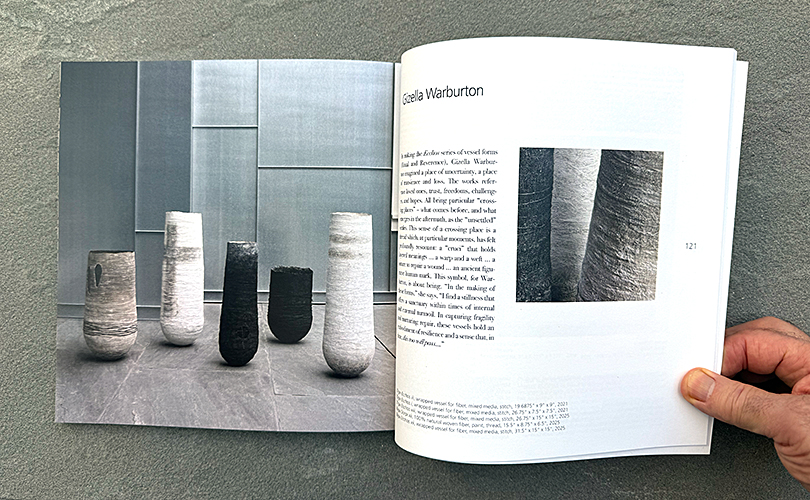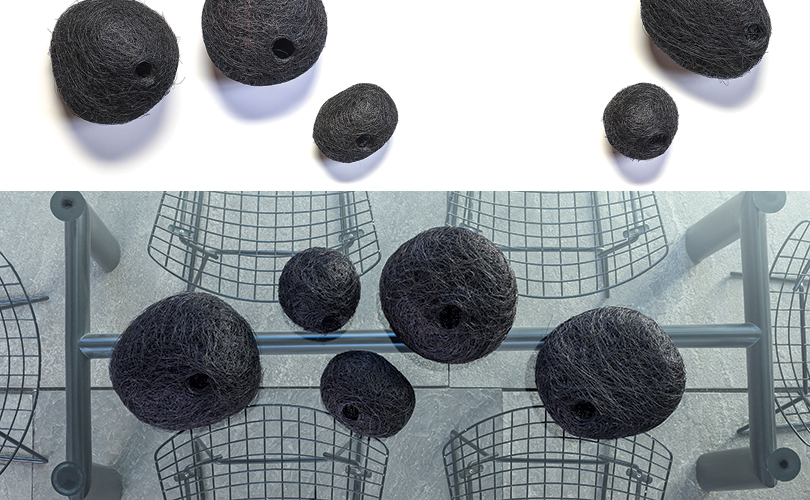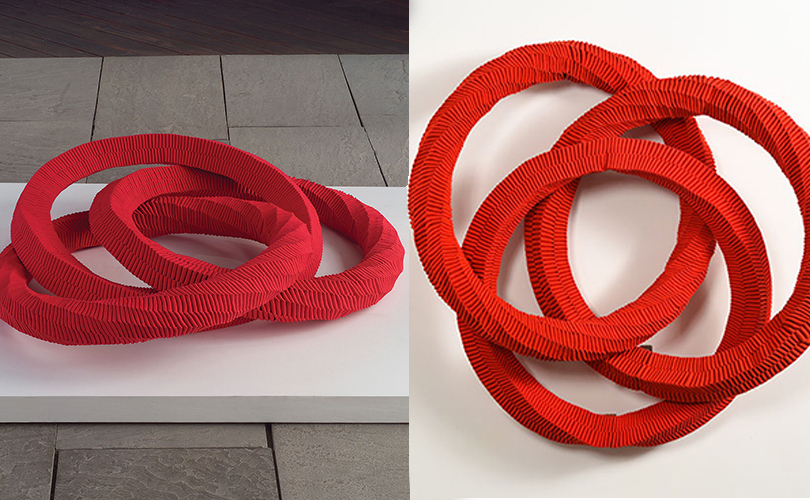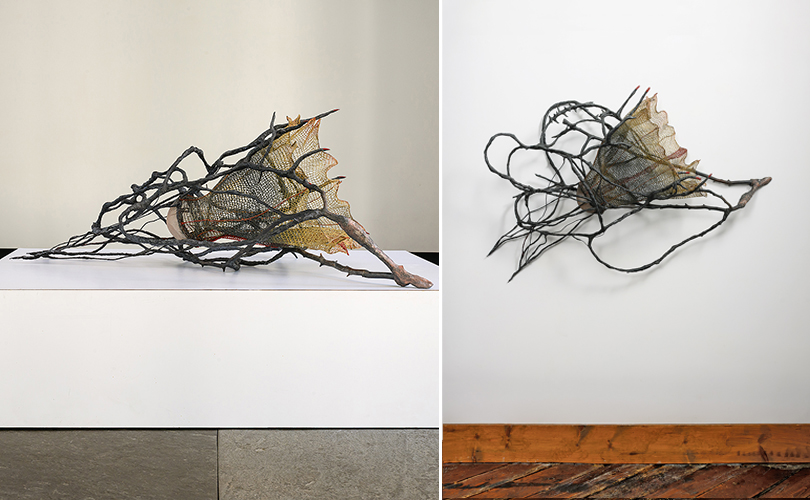We’ve had another busy 12 months. Below are the highlights. You can learn more about most of these events in previous arttextstyle posts or by using the search feature on our website. Thanks for being a part of another successful year celebrating art textiles, the artists that make them, and the fans that enjoy them.
Month by Month
January 2025:

• Japandí Revisited: shared aesthetics and influences, continued at the Wayne Art Center, Pennsylvania

• A Japandí Revisited walkthrough with Tom Grotta took place at the Wayne Art Center, Pennsylvania
February 2025:
• American Craft magazine published: “A World of Fiber, browngrotta arts,” Deborah Bishop

March 2025:

• Tom and Carter Grotta and Rhonda Brown visited Paris to photograph exceptional artist Simone Pheulpin and view the extraordinary exhibition, Olga de Amaral, at the Cartier Foundation
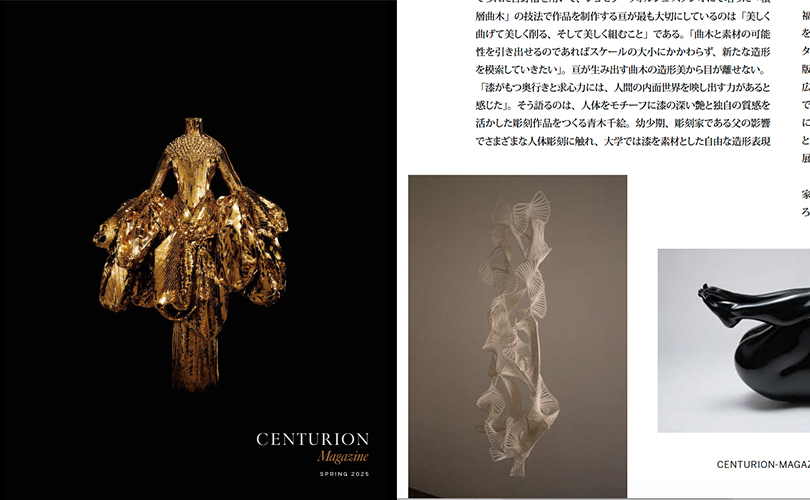
• Centurion magazine published, “Shaping Heritage,” by Kaoru Kijima, which featured work by Shoko Fukuda
May 2025:
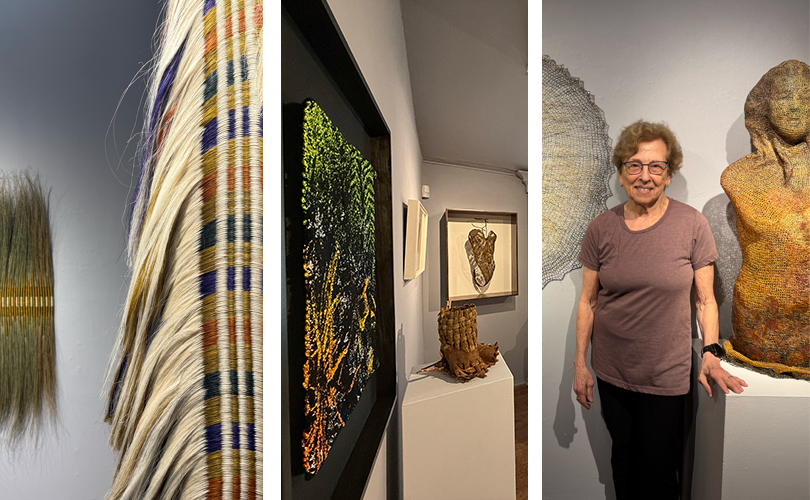
• The Silvermine Art Galleries in New Canaan, CT invited browngrotta arts to jury its FIBER 2025 invitational. We also installed two exhibitions in their galleries, Masters of the Medium: CT: Helena Hernmarck and Norma Minkowitz and Mastery and Materiality: International
• A FIBER 2025 walkthrough with Tom Grotta and Rhonda Brown took place at the Silvermine Art Galleries, New Canaan, CT

• browngrotta arts loaned work to WEFAN, a group exhibition curated by Dina Lov Wright of Lov Art. Housed in the Hughes Memorial Library, in West Cornwall, CT, WEFAN featured works by 12 artists — including Dorothy Gill Barnes and Ed Rossbach — who work with fiber techniques and materials
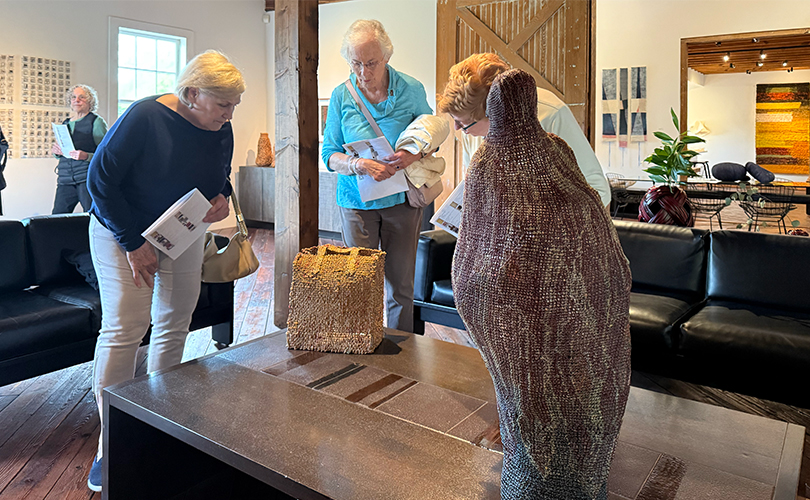
• Field Notes: an art survey, browngrotta arts’ Spring Art in the Barn exhibition, opened
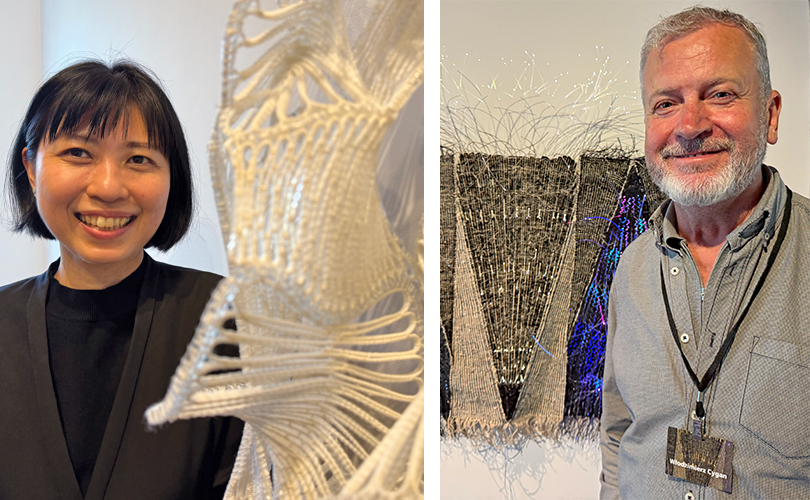
• Out-of-the-area Artist Visits: Christine Joy (Montana), Wlodzimierz Cygan and granddaughter, Wiktoria (Poland), and Shoko Fukuda (Japan), visited the gallery, attending the opening of Field Notes and the artists’ dinner after.
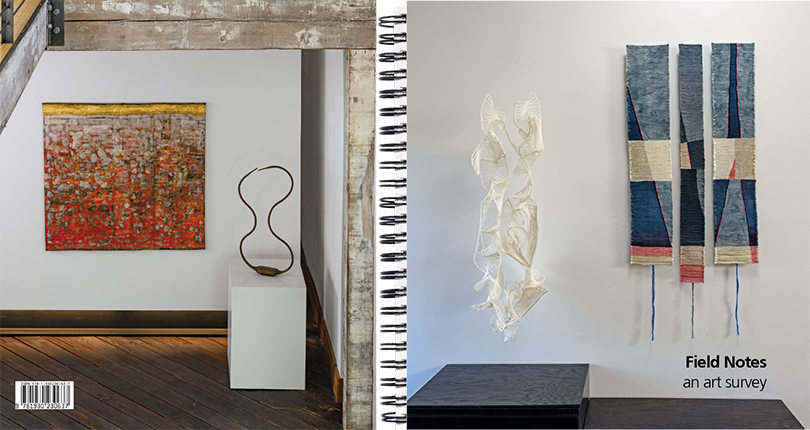
• Field Notes: an art survey, the catalog, is published (our 60th)
June 2025:

• Art on Rocks: an art walkthrough with spirits, Field Notes edition — is presented on Zoom

• Fiberworks then and now: Ruth Asawa and Kay Sekimachi and their remarkable innovations. a panel discussion with Melissa Leventon, Jill D’Alessandro, Yoshiko Wada, and Tom Grotta — was presented on Zoom
September 2025:
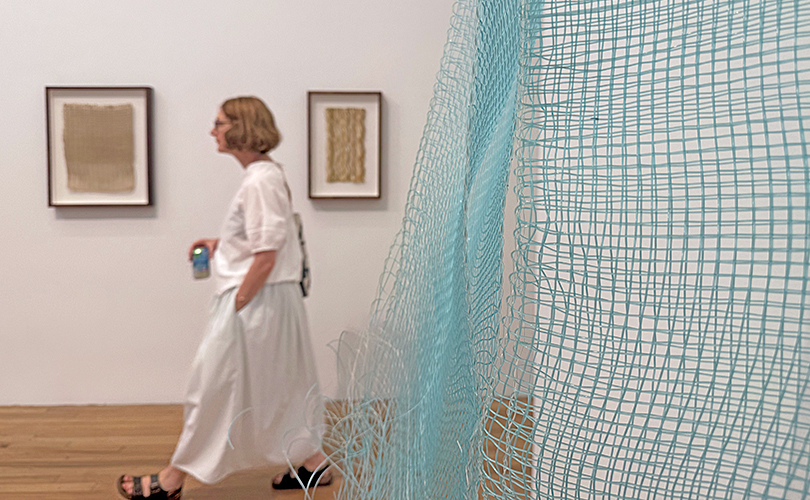
• Kay Sekimachi: a personal archive, a collaboration between browngrotta arts and the Andrew Kreps Gallery in New York City opened — Sekimachi’s first solo exhibition in NYC since 1970

• Out-of-the-area Artist Visit: Yong Joo Kim, who splits her time between Chicago and Korea, visited the gallery in CT

• T-X, txtilezine published,”Weaves of Meaning: the Art of Anneke Klein Between Minimalism and Social Awareness,” by Barbara Pavel
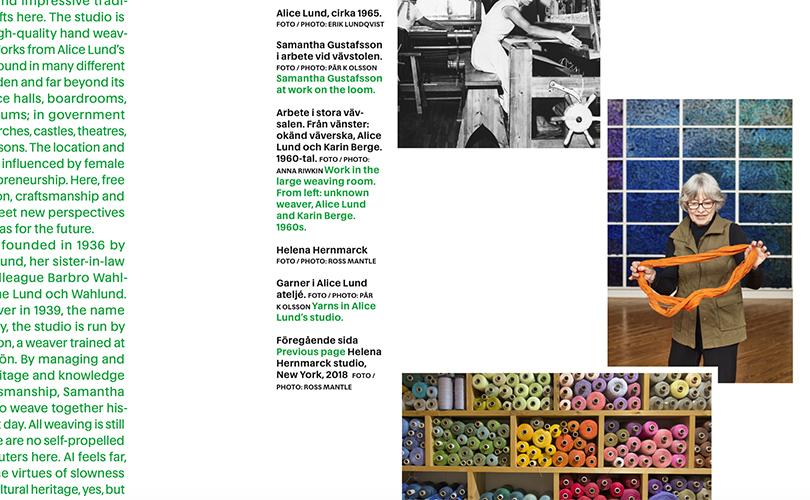
• FORM magazine published “The Gently Monumental,” by Anneke Enquist, an article about artist Helena Hernmarck

October 2025:
• Beauty is Resistance: art as antidote, browngrotta arts’ Fall Art in the Barn exhibition, opened
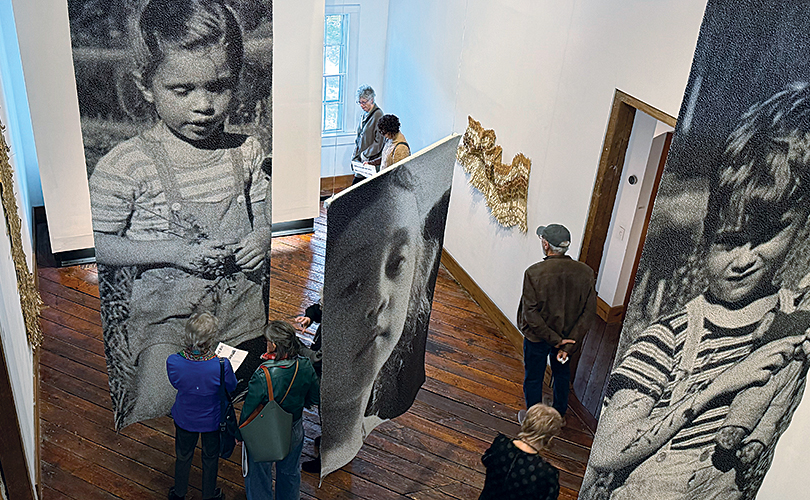
• Cover magazine published Beauty is Resistance, subversive textile art at browngrotta arts

• Out-of-the-area Artist Visit: Jin-Sook So joined us at browngrotta arts for the opening of Beauty is Resistance and the artists dinner after.

• The New York Times, publishes “There’s a Hornet’s Nest in the Living Room. On Purpose.” by Misty White Sidell, which featured Wendy Wahl and Kay Sekimachi• Beauty is Resistance: art as antidote, the catalog, is published (our 61st)

• Centurion magazine article, “A Stitch in Time,” by Jemima Sissons, is published, mentioning Kay Sekimachi, Mariette Rousseau-Vermette, Dominic DiMare, and John McQueen.

November 2025:
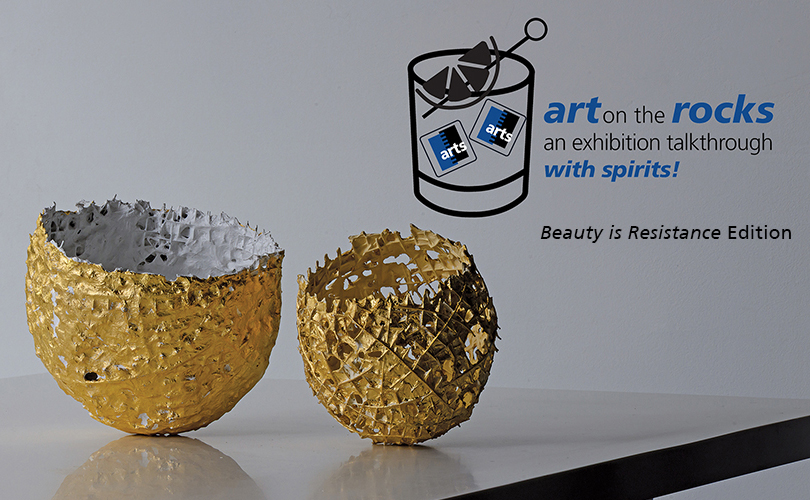
• Art on Rocks: an art walkthrough with spirits, Beauty is Resistance edition — is presented on Zoom
December 2025:
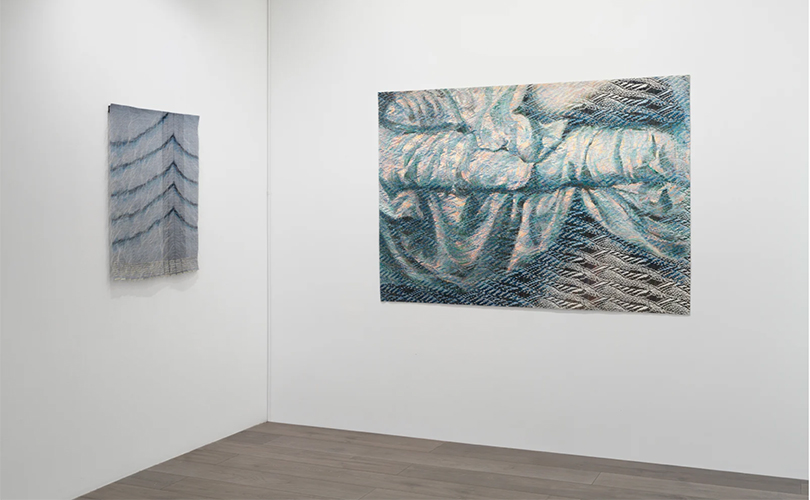
• browngrotta arts loaned work by Adela Akers and Lia Cook to Drop, Cloth at Hollis Taggart Gallery in New York City. Curated by Glenn Adamson and Severin Deifs and spanning two Chelsea galleries, Drop, Cloth presented a 50-year lineage of draping in contemporary art.
Other News:
Acquisitions
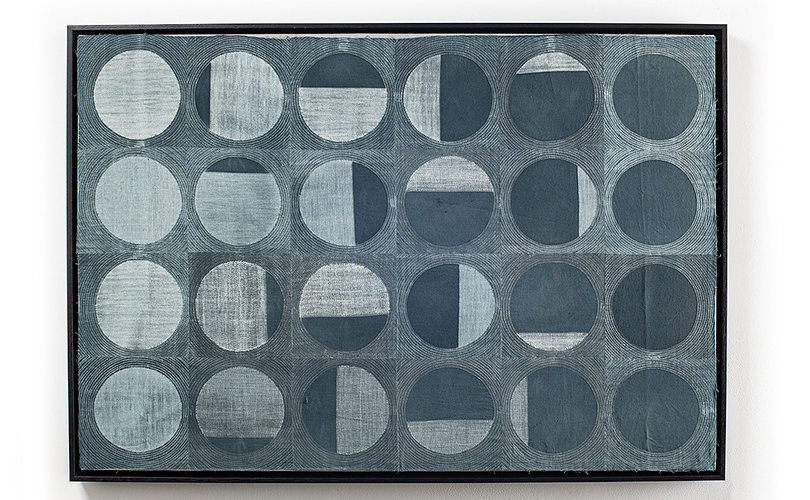
• Transition by Neha Puri Dhir was acquired by the John and Mable Ringling Musuem in Sarasota, Florida
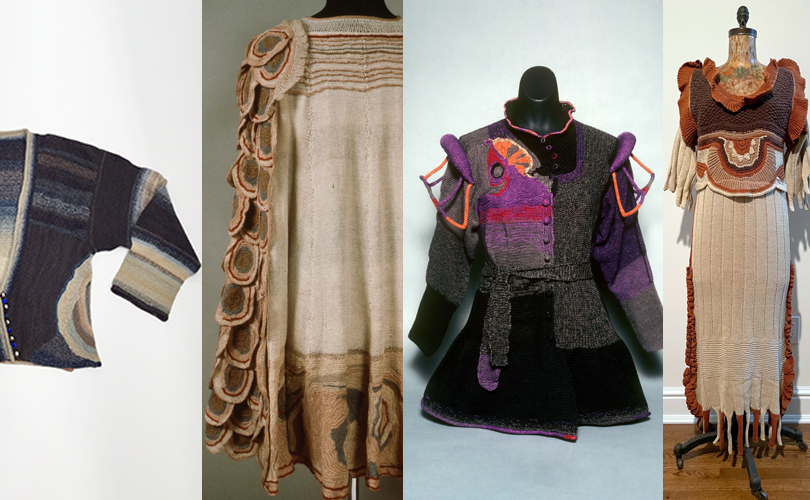
• Four 1980s works of wearable art by Norma Minkowitz — Blue Jewel, Outer Crater, Long Dress, and Dusk — were acquired by the LACMA in Los Angeles, CA.
YouTube:
• browngrotta arts created 17 videos of artworks for its weekly artlive feature
• browngrotta arts created preview videos for Field Notes; Kay Sekimachi: a personal archive; and Beauty is Resistance
Social Media Outreach:
• 31,911 emails from browngrotta arts were opened
• 41,822 people liked our Instagram content (a 14% increase over 2024)
• We gained 3,046 new followers to our Instagram account (a 90% jump over 2024)
• 24,819 people engaged with our Facebook posts (that’s a 96% increase over last year)
• We posted 52 times on arttextstyle.


